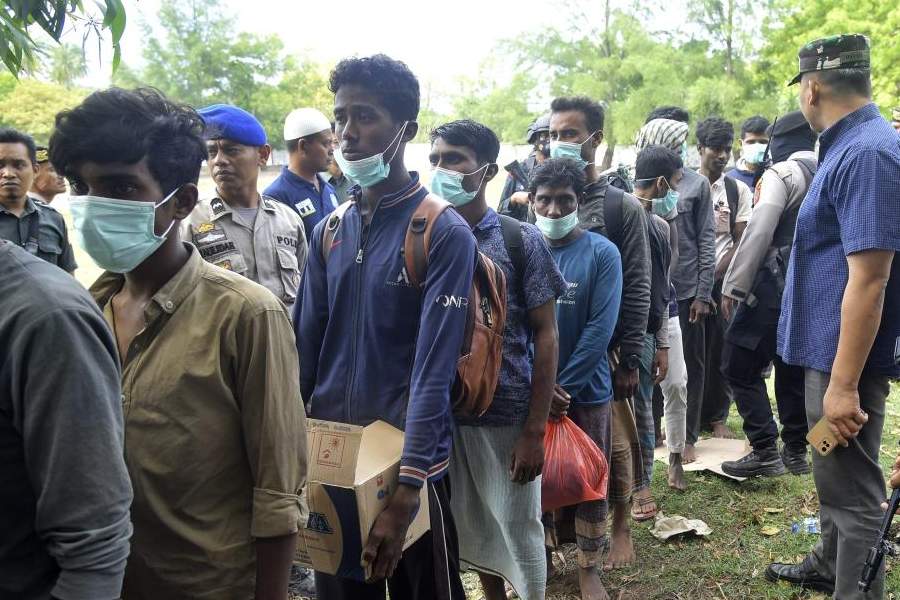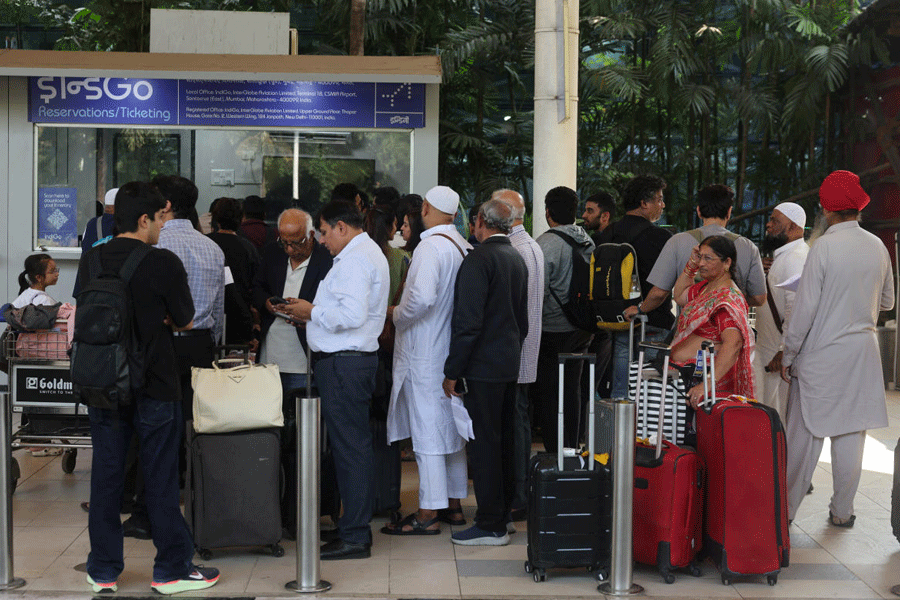The home and workspace should be a zone of safety and security. But when that is breached, the trauma can have long-lasting effects, and often it is rather difficult to get back to life as it was.
Ask Monica Seles or Petra Kvitova. Both had their careers interrupted, being stabbed, and though they did make comebacks, it was never really the same. Their overall records could have been a lot more impressive had they not had those roadblocks.
Seles, then ranked No.1, had her career derailed in 1993 when a crazed Steffi Graf fan stabbed her during a match in Hamburg, Germany. It took her nearly two years to get back on court.
Kvitova, who had reached a career-best No.2 ranking in 2011, was stabbed at her apartment in Prostejov, Czech Republic, during a robbery in 2016.

Finale Australian Open Melbourne 27.1.96
On Monday, the twice Wimbledon champion Kvitova bade an emotional farewell to professional tennis after losing her first-round match at the US Open to Diane Parry 6-1, 6-0. Her career, spanning over two decades, saw major triumphs but would perhaps be more memorable for her resilience.
The 35-year-old Czech had returned to competition earlier this season following a 17-month maternity break. But it was her return to the court, after the horrific knife attack at home, that underscored the strength of her character. However, she could not get back to the heights she had reached earlier. Kvitova has 31 titles — including Wimbledon crowns in 2011 and 2014.
During the off-season in 2016, shortly before Christmas, Kvitova was attacked at her home by a knife-wielding robber. During the break-in she suffered severe cuts to her dominant left hand, resulting in injuries to the tendons and nerves. She had to undergo a four-hour surgery and was warned by doctors that her tennis career could be over and that she could even lose her fingers.
The fighter that she was, she returned to professional tennis in May 2017, and 18 months later, she reached her first grand slam final, at the 2019 Australian Open, since winning Wimbledon in 2014. In 2020, she also made the semi-finals at the
French Open.
Kvitova’s kitty includes an Olympic bronze (2016) and a year-ending Tour Finals title (2011). But she ended her career ranked at an astonishingly low 543.
Going into 1993, Seles was the dominant force in women’s tennis. She had multiple grand slam titles under her belt (Australian Open 1991, 1992, 1993; French Open 1990, 1991, 1992 and the US Open 1991, 1992) as well as a final appearance at Wimbledon in 1992. When she defeated Graf in the final of the Australian Open, it was her third win in four major finals against her.
On April 30, 1993, during a quarter-final match against Magdalena Maleeva at the Citizen Cup in Hamburg, a German man named Gunter Parche, an obsessed fan of Seles’s rival Graf, ran from the stands to the court during a break between games and stabbed Seles with a boning knife between her shoulder blades.
The horrific incident sent shockwaves down the sporting world and changed the way security was maintained at major tennis tournaments.
Seles, born in Novi Sad, Serbia, in 1973, represented Yugoslavia, but immigrated to the US after the attack and won her last grand slam as an American citizen. She won only one singles grand slam title post the attack, defeating Anke Huber in the 1996 Australian Open final.
Seles retired in February, 2008.
Among current crop of players, Britain’s Emma Raducanu had been troubled by stalkers.











